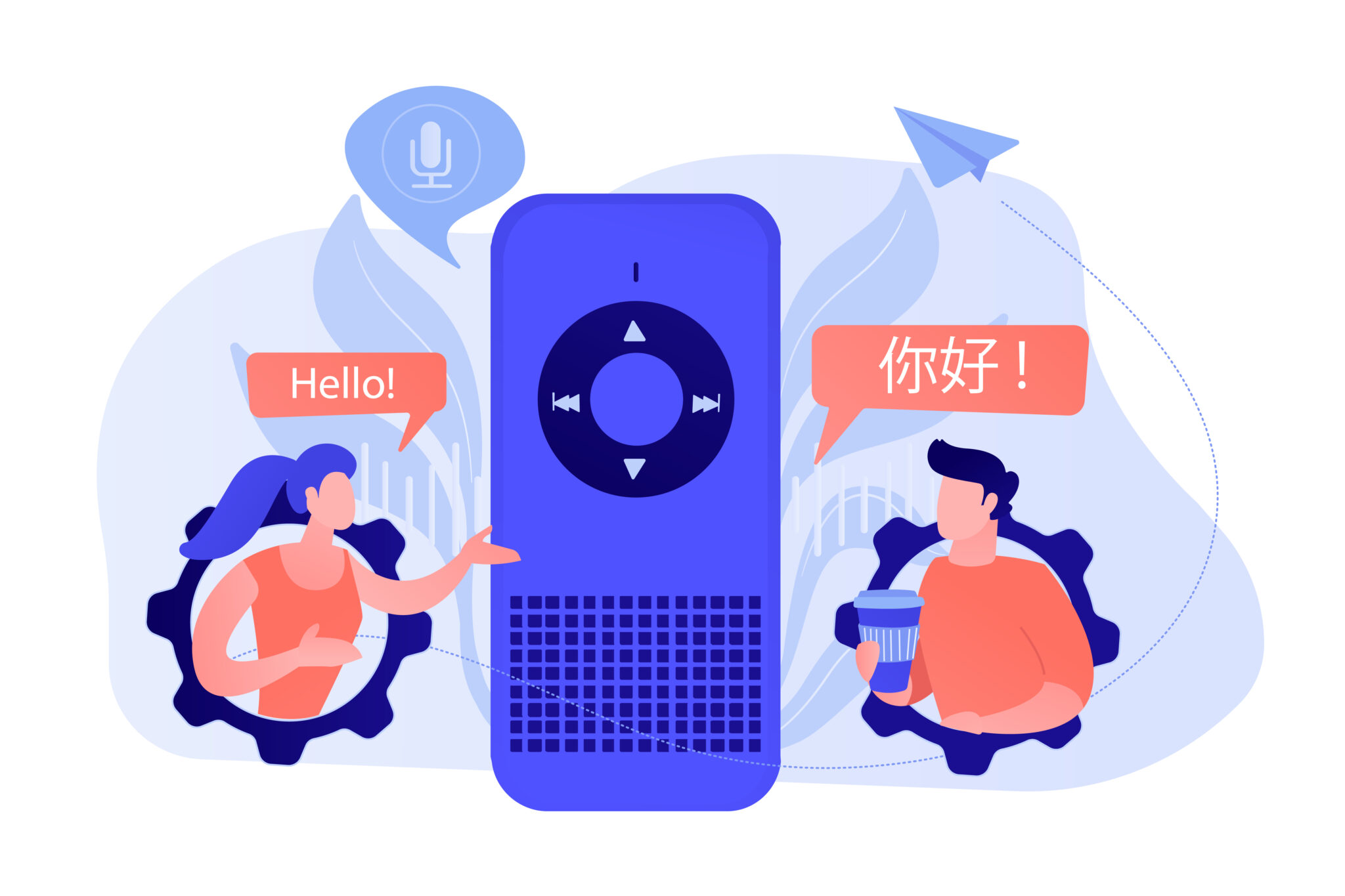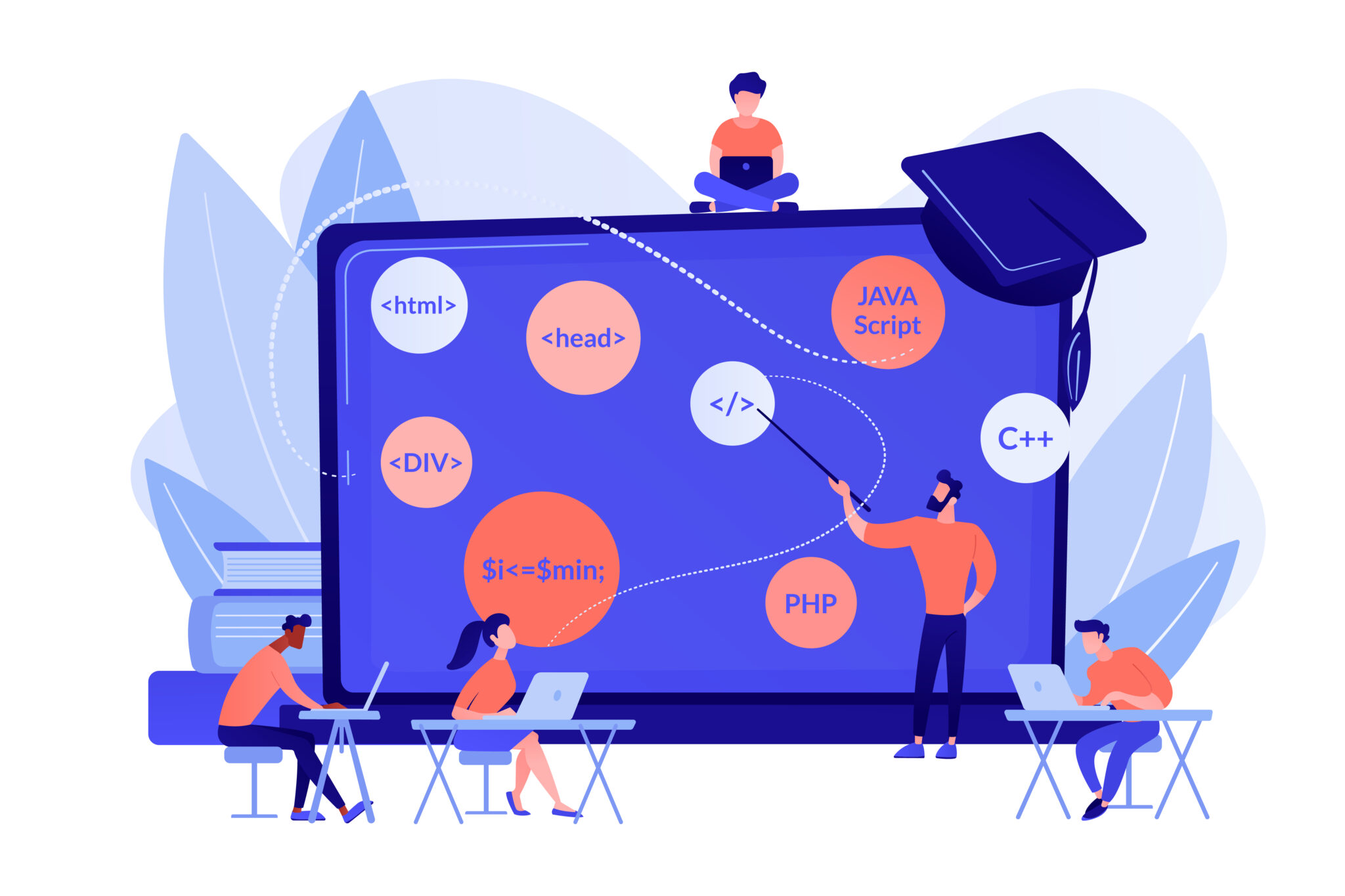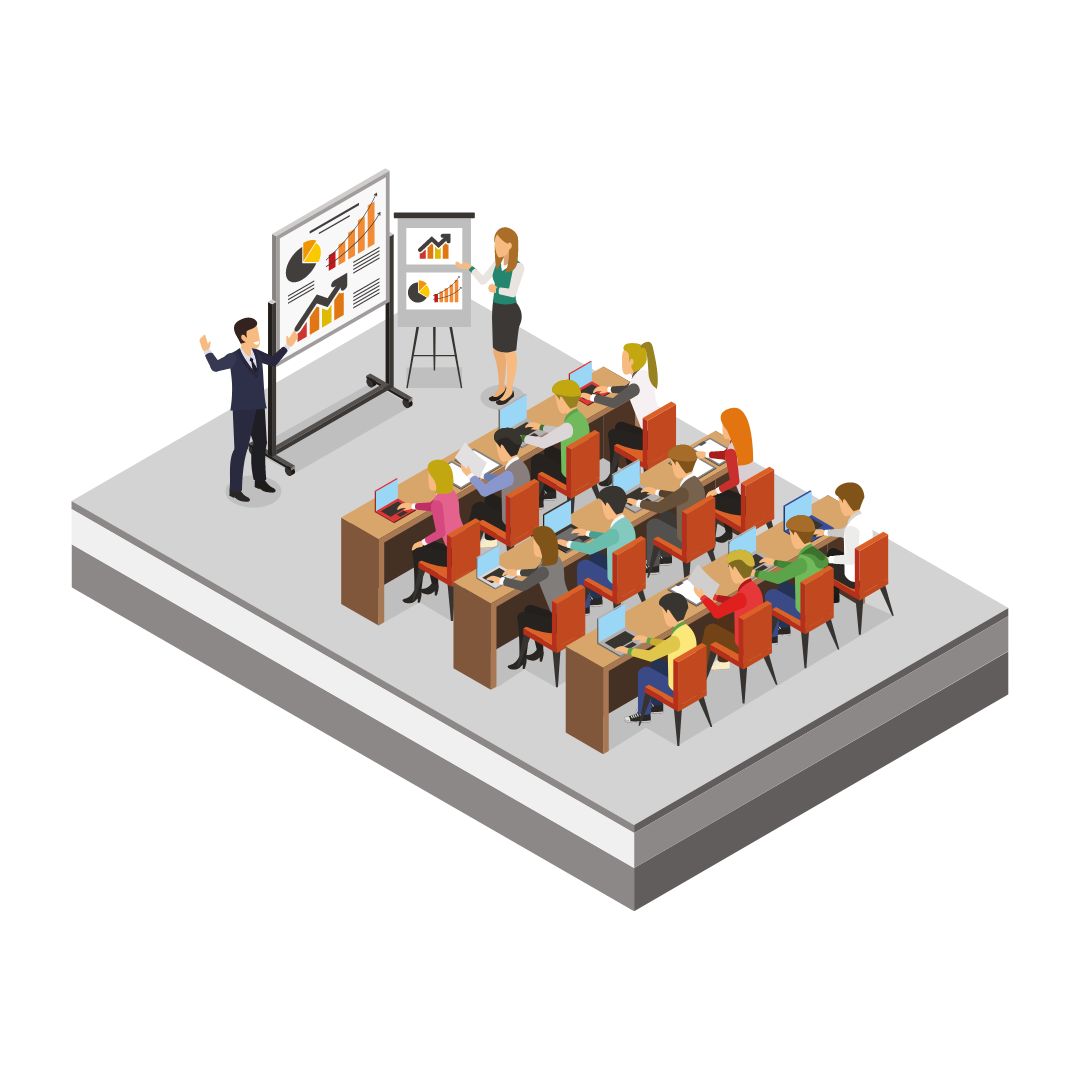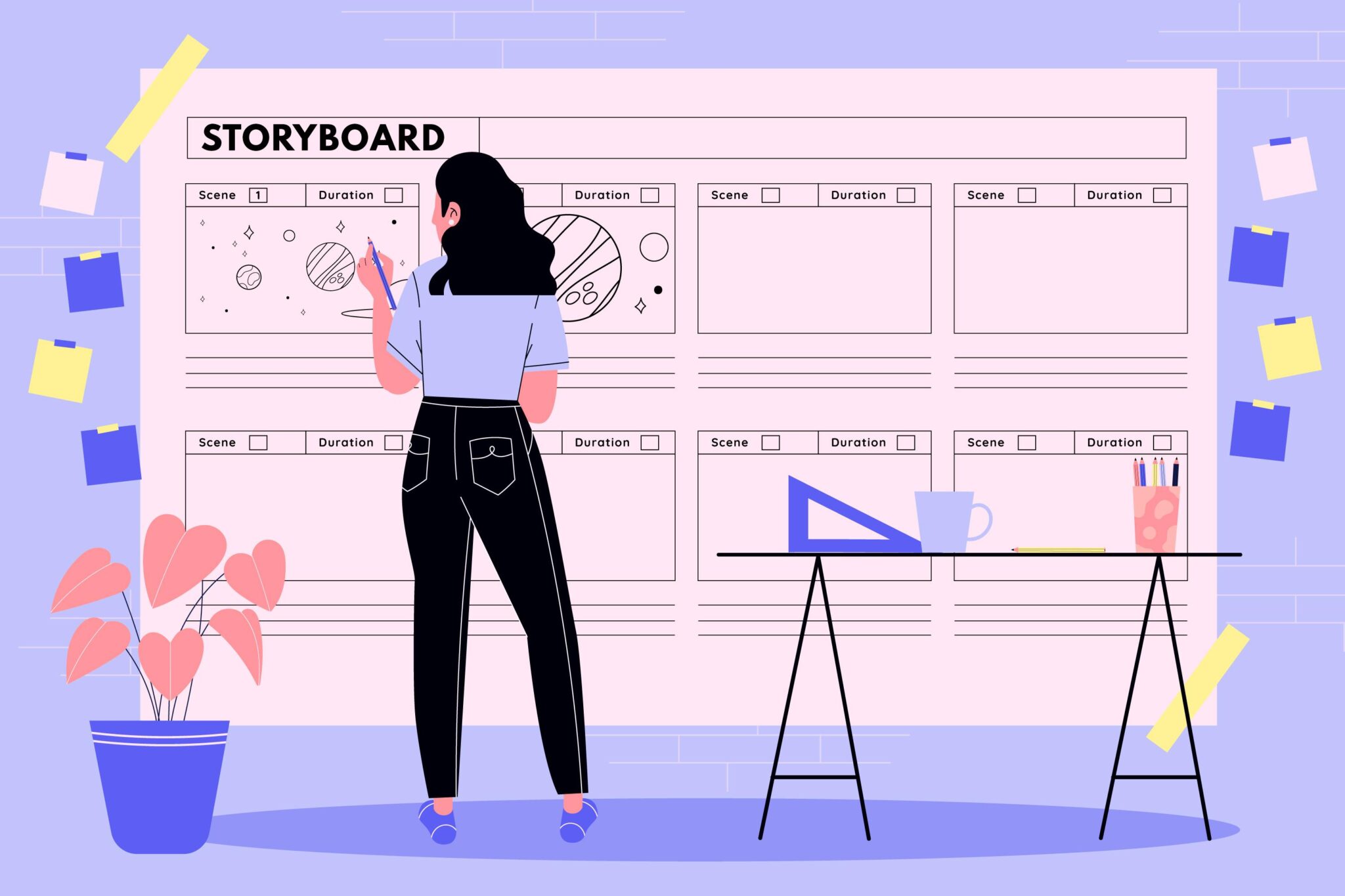Our Service
Our Service
Our Service

E-Content
E-Content
Digital content created and shared electronically is referred to as e-content. eBooks, webinars, podcasts, and online courses are all included in this. E-content is a flexible and practical choice for learning and information distribution because it can be accessed anytime, anywhere, unlike traditional content.
E-books, which come in PDF, EPUB, and MOBI formats, are electronic copies of printed books.
Blogs are web pages that are updated often and are frequently written in a casual, conversational style.
Digital versions of academic, professional, and scholarly periodicals are known as electronic journals.
Digital newspapers provide readers with the most recent news, commentary, and features online.
Electronic format e-content refers to any type of digital content that is available in an electronic format.
Written content that is published and disseminated electronically is referred to as article e-content.
Content Writing
Content writing is the process of creating written material for various purposes and platforms, ranging from websites and blogs to social media, marketing materials, and more. Here’s an overview of content writing and some key considerations:

Content Writing

Content writing is the process of creating written material for various purposes and platforms, ranging from websites and blogs to social media, marketing materials, and more. Here’s an overview of content writing and some key considerations:

Language Translation
Language translation is the process of converting written or spoken content from one language into another while retaining its meaning, tone, and context. Here’s an overview of language translation and some key considerations:
Language Translation

Language translation is the process of converting written or spoken content from one language into another while retaining its meaning, tone, and context. Here’s an overview of language translation and some key considerations:
Learning Management System
An LMS (Learning Management System) is a software application or platform designed to facilitate the administration, documentation, tracking, reporting, and delivery of educational courses or training programs. Here’s how an LMS typically incorporates features like question banks, mock tests, and content suitable for school and college levels.

Learning Management System

An LMS (Learning Management System) is a software application or platform designed to facilitate the administration, documentation, tracking, reporting, and delivery of educational courses or training programs. Here’s how an LMS typically incorporates features like question banks, mock tests, and content suitable for school and college levels.

PowerPoint presentations
PowerPoint presentations are widely used visual aids that help communicate information, ideas, and data in a structured and engaging manner. Here’s an overview of PowerPoint presentations and some key considerations for creating effective presentations:
PowerPoint Presentations

PowerPoint presentations are widely used visual aids that help communicate information, ideas, and data in a structured and engaging manner. Here’s an overview of PowerPoint presentations and some key considerations for creating effective presentations:
Storyboarding
Storyboarding is a crucial step in creating engaging and coherent publication content, whether it’s for a magazine, book, website, or any other medium. Here’s a guide to help you create an effective storyboard for publication content.

Storyboarding

Storyboarding is a crucial step in creating engaging and coherent publication content, whether it’s for a magazine, book, website, or any other medium. Here’s a guide to help you create an effective storyboard for publication content.
